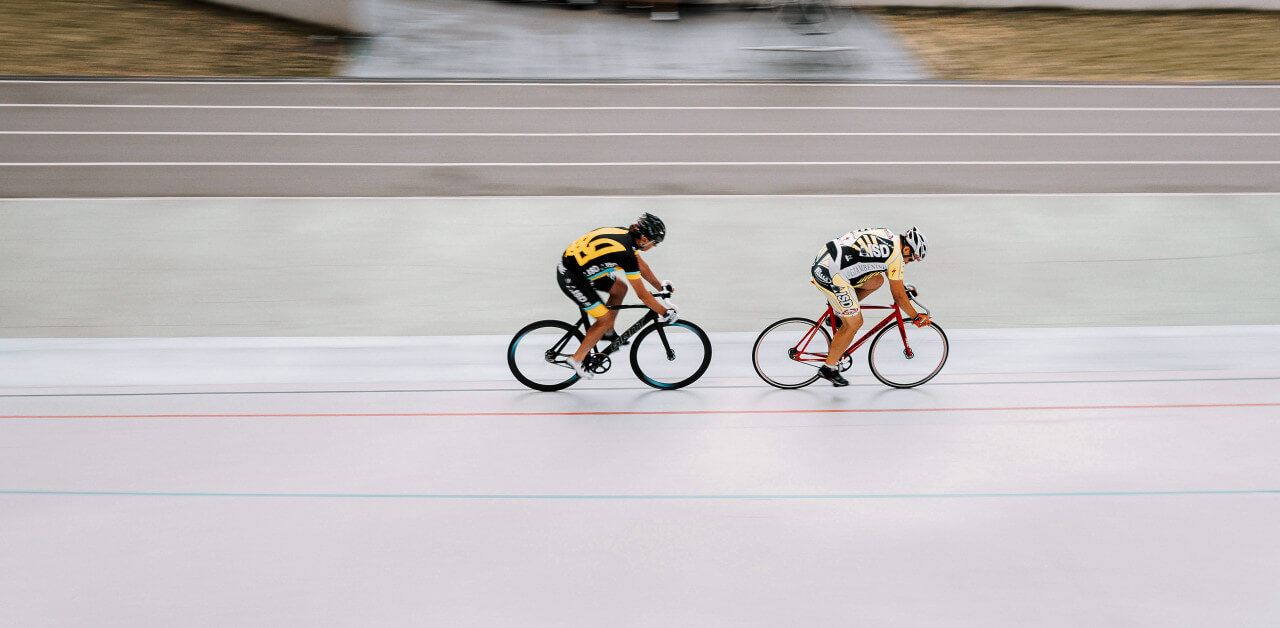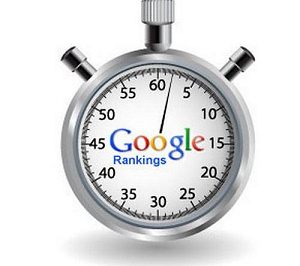Page Load Time vs. Response Time – What Is the Difference?
Website speed is regarded as among the most crucial factors influencing a number of website key achievements: SEO ranking, user experience, and conversion rate. There are a lot of different studies showing that even a little delay in load time can significantly result in a reduced conversion rate up to 7%. To add to this, 53% of mobile users would leave the site if the loading page takes more than three seconds. When it comes to website speed, response time and page loading time, however, are the two key terms that get people confused often.

While we do realize that both of these things significantly influence performance, it is nevertheless true they measure stages for website content performance. So, if you are able to understand them better, you will be allowed to troubleshoot and optimize these sites in a better way. The guide will help you understand the following:
- Definition of page load time and response time
- The implications of the two on website performance
- Crucial differences between these metrics
- Real-world case scenarios on effects of load time and response time
- Optimization techniques for metrics
- How website monitoring tools can help
- Future trends in metrics for website performance
Understanding Response Time (TTFB) In Depth
Response time, which is known as Time to First Byte or TTFB, is a measurement of the duration between the request generated for an HTTP and the reception of the first byte from the server. It is important as it is a representative of the processing speed prior to any content appearance.
The Technical Breakdown of Response Time
When a user navigates your website:
- They initially request the server
- The server processes the generated request, which includes any queries for databases
- Response is prepared according to the request
- The byte returns to the user
All of these steps make your response time. In general, a satisfactory TTFB is typically under 200ms. Anything more than 500ms define issues with website performance.
Why Response Time Matters More Than You Think
- First Impression Speed: The first impression is made within 50ms. Slower times result in negative first impressions.
- SEO Impact: TTFB comes as a ranking factor, according to Google. Their Core Web Vitals document contains this information.
- Conversion Impact: According to Walmart, every 100ms response time improvement leads to a 1% revenue increase.
Advanced Factors Affecting Response Time
Beyond basic server performance, these technical elements significantly impact TTFB:
- DNS Lookup Time: Time required for resolving IP address from domain name
- SSL/TLS Negotiation: Among the processes for safe connections
- Server Configuration: Server-side caching, htaccess rules, PHP processing
- Database Optimization: Poorly indexed tables or complicated queries
- Geographic Distance: More physical distances between the server and user
Response Time Optimization Strategies
Let’s see some strategies that you can use to optimize response time.
- Server-Level Optimizations: First, you need to upgrade to PHP 8.x. It works twice as fast as the older version, PHP 7.x. Next, you can implement OPCache for different PHP scripts. Optimize server via configuring keep-alive headers.
- Database Optimizations: For database optimizations, apply query caching. Also, don’t forget to add proper indexes for tables with frequent queries. Read replicas can work better for high-traffic sites.
- Network Optimizations: You can apply protocols for HTTP/2 and HTTP/3 for network optimizations. A global CDN with edge caching can help. Brotli compression for text-reliant assets can work.
Page Load Time
Now that we have learned about server speed measurement, it is time to define page load time. This measurement is for capturing the user experience speed. From the moment of the initial request to the output of the page, the page load time measures all. On a general note, the average load time for websites range between 2 to 5 seconds. Most of the top-performance websites have page load time of even less than two seconds.
The Anatomy of Page Loading
Let’s see the multiple phases of a page loading:
- DNS Lookup – for resolving domain to the IP
- TCP Connection – defining a server communication
- TTFB – total response time from the server
- Content Download – Reception of HTML, JS, CSS
- DOM Construction – Development of page structure
- Resource Loading – videos, images, and fonts
- Render Completion – display for final page
Critical Metrics Within Page Load Time
Let’s see the important metrics that come in page load time.
- First Contentful Paint (FCP): The time when the first content appears on the page
- Largest Contentful Paint (LCP): When the main content is loaded
- Time to Interactive (TTI): The time it takes to make a page responsive
- Total Blocking Time (TBT): The time of no response
Advanced Factors Affecting Page Load Time
Let’s see some advanced factors responsible for delayed page load time.
- Render-Blocking Resources: CSS and JS that delay rendering
- Third-Party Scripts: Widget appearance, ads, and other analytics
- Font Loading Behavior: Issues pertaining to FOIT/FOUT
- JavaScript Execution: Bottlenecks of the main thread
- Image Loading Strategies: Prioritization for above fold
These were some factors influencing the page load time.
Page Load Optimization Techniques
Let’s see some techniques that help in optimizing page load time.
- Critical Rendering Path Optimizations: Firstly, it is critical to align important CSS code and defer unnecessary JavaScript. Make sure to use hints for resources including preload and prefetch.
- Modern Loading Techniques: Native delay in the loading of objects including frames and images can result in overall delay. So, modern loading techniques provide an intersection for Observer API in terms of dynamic loading. Service workers can also help in caching strategies.
- Advanced Asset Delivery: Automatic optimization built with image CDN leads to better asset delivery. On the other hand, it is important to subset the web fonts to necessary characters only. Moreover, JavaScript should have a module/no module pattern.
Key Differences: Response Time vs. Page Load Time
Now that you have an idea of the two terms, let’s see the difference between response time and page load time. It will help you understand their relationship better.
Response Time (TTFB) works as the kitchen that receives an order and starts the preparation, while Page Load Time counts as the dining experience.
Technical Comparison
You can better understand the key technical differences between the two by looking at this table of comparison:
| Aspect | Response Time | Page Load Time |
|---|---|---|
| Measurement | Server processing speed | Complete rendering of the page |
| Main Influence | Backend efficiency | Frontend optimization |
| Google Ranking Factor | Indirect (via TTFB) | Direct (Core Web Vitals) |
| User Perception | “Is the site responding?” | “Is the site usable?” | Optimization Focus | Server, database, network | Assets, rendering, JavaScript |
Real-World Performance Scenarios
Let’s see some real-world examples surrounding the effects of the two measurements.
Case 1: Fast TTFB, Slow Load Time
A company faced an excellent response time (150ms TTFB) while a relatively poor load time of more than 5 seconds. On one hand the backend development was working fast, but it was not producing excellent results. Multiple frontend issues were appearing that included unoptimized images as well as render-blocking resources.
Case 2: Slow TTFB, Fast Load Time
On the other hand, an organization had a poor TTFB of only 800ms. However, the front end experience was better, with a load time hardly touching 2 seconds. It resulted in poor backend performance, including poor server configuration and database bottlenecks.
It reveals that either load time or response time can disturb the overall performance of a website if it is functioning poorly.
Advanced Monitoring and Troubleshooting
Innovative website monitoring tools – including Super Monitoring – can offer tactical analytics into these measurements.
Uptime Monitoring provides page response breakdowns that help with defining correlation of server resource utilization.
Page Load Time Monitoring provides a detailed waterfall view of the overall loading process. It also shows a performance comparison in mobile vs. desktop interface.
Future Trends in Web Performance
Some of the future trends we anticipate in web performance include Interaction to Next Paint (INP), which replaces the first input delay in 2024. Also, ES modules are predicted that would change the delivery patterns for JavaScript. Partial Hydration and Edge Computing will also improve the experience.
Conclusion
Page load time and response time are critical for a number of reasons including technical SEO success, optimization for conversion rate, improved user experience, and a competitive advantage over other websites. You can systematically improve both metrics and provide a better user experience as you implement tactical strategies mentioned above.
About the Author

Robert Koch – experienced SaaS application designer and business optimization through automation consultant. An avid home brewer and cheesemaker in his spare time.






